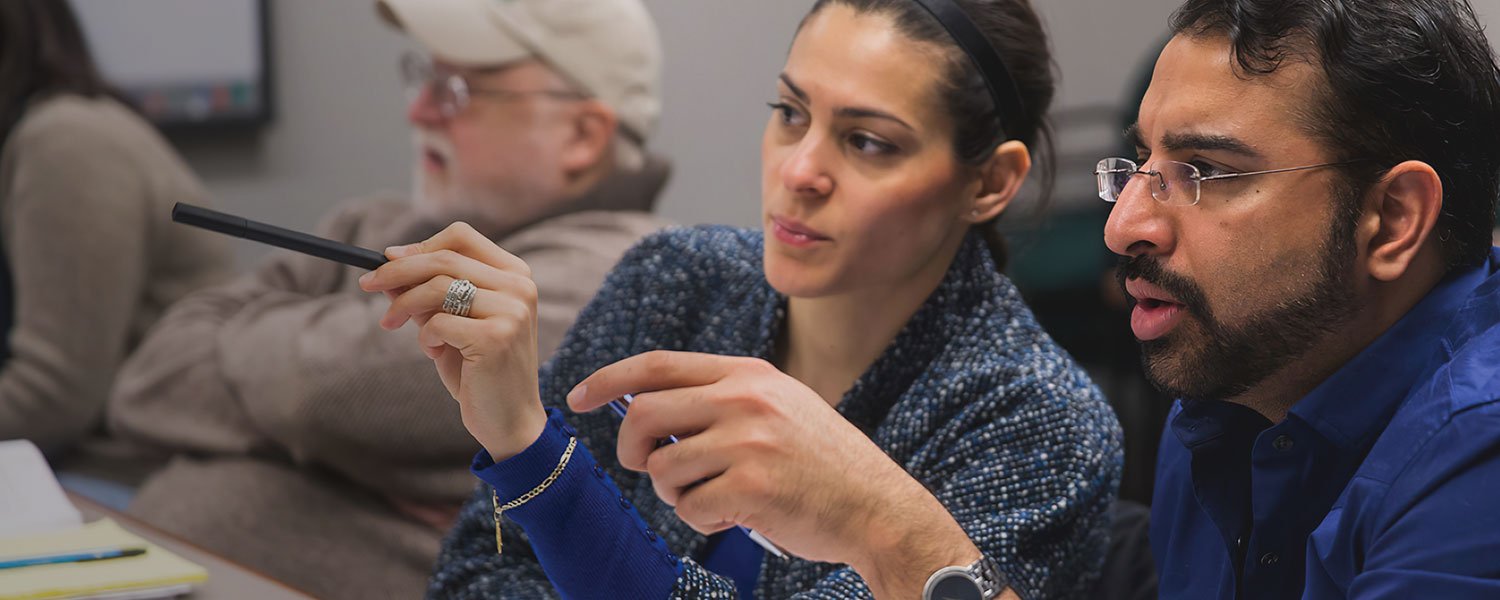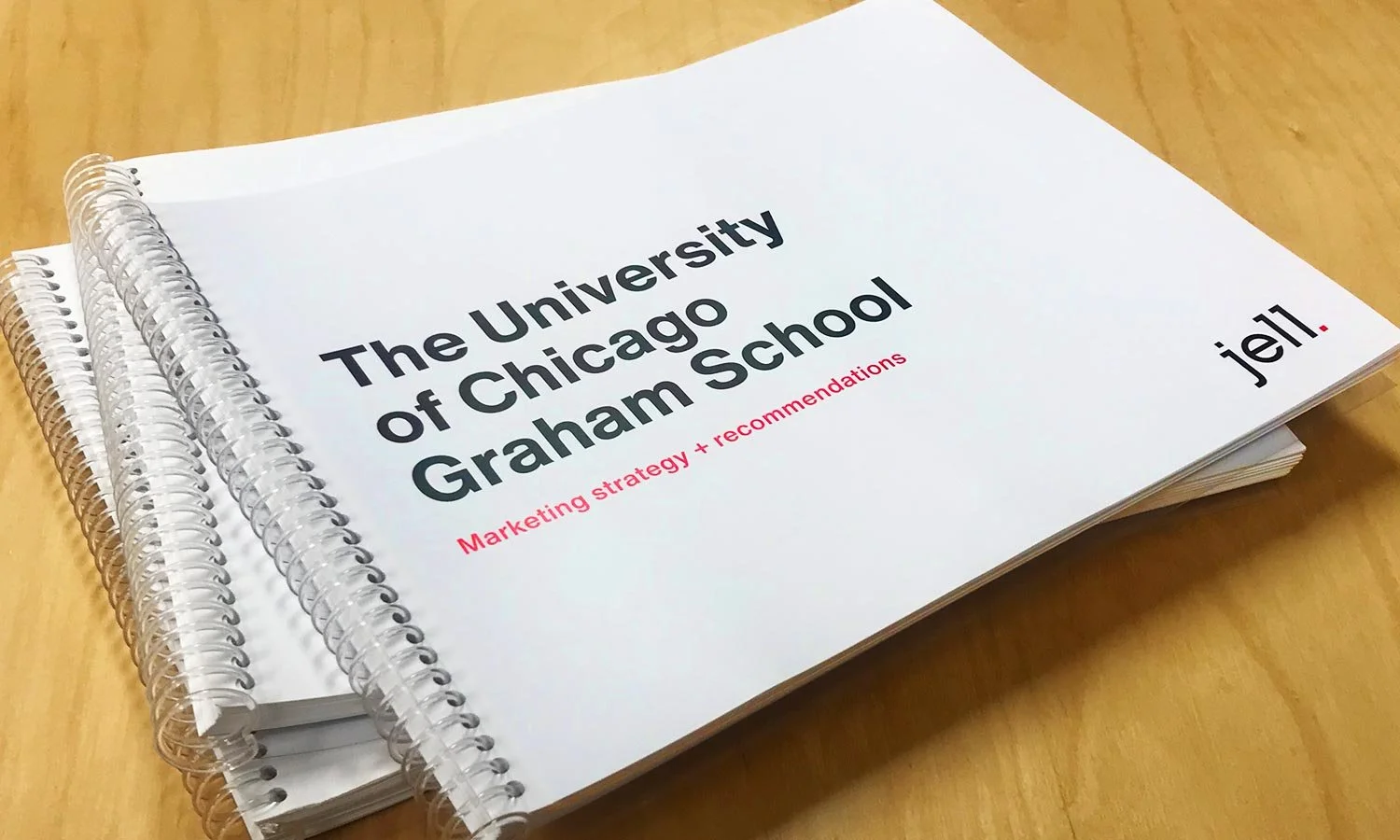
CASE STUDY
A deep dive into Graham School
The University of Chicago’s Graham School may be the only institution of its kind. Catering to adults with an appetite for inquiry and discussion, Graham School offers top-notch instructors and a community of engaged students. It’s heady stuff indeed, so how best to get the word out to those who might be seeking such intellectual challenges?
Dean Seth Green was nearly a year into his mission to rejuvenate Graham School when we met to discuss his strategic goals. The school had sharpened its commitment to serving lifelong learners—typically students over the age of 50, at least historically. The dean and his team had made significant progress in refining the school’s offerings and were seeking recommendations for more effective methods to reach prospective students.
Before we could offer a well-informed marketing strategy, we needed to better understand the demographics, interests, preferences, and aspirations of the school’s current students. That required a mix of quantitative and qualitative research.
We began by designing a survey to be emailed to students who had enrolled in several of the school’s signature programs over a five-year period. Nearly 2,800 students were invited to participate in the survey, segmented by their enrollment patterns. 296 students responded, providing us with a rich snapshot of Graham’s community of lifelong learners. The survey also provided us with contact information for 130 students who indicated they would be available for a conversation.
Over the course of the following three weeks, we engaged in lively and often fascinating in-depth discussions with 35 of those students, who were chosen to mirror the demographics and enrollment histories of the survey respondents.
Throughout our research, we were impressed by the school’s high satisfaction ratings and the energy, enthusiasm, and intellectual curiosity exhibited by the individuals we interviewed.
Many students were also happy to report that classes had grown in geographic reach and cultural diversity as Graham moved to virtual classes during the pandemic. Graham School was on the right track in numerous ways.
Even so, our research allowed us to identify several areas for improvement, including various student concerns and desires. We delivered our findings initially as a concise summary of high-level observations and actionable insights, followed by a comprehensive reporting and analysis of the research data.
Several weeks later, we offered recommendations for a marketing and communications strategy, including guiding principles, examples of implementation, and a framework for student personas. That report suggested a wide variety of ways to leverage the school’s existing brand assets and to amplify the impact of its many ongoing successes.

